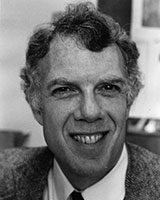Remembering Bioengineering faculty members who have left an indelible mark on our community and the field they passionately served.
Allan Hoffman
Widely regarded as the international “ambassador for biomaterials,” Professor Allan Hoffman joined the University of Washington in 1970 and played a pivotal role in establishing the UW Center for Bioengineering, which evolved into the Department of Bioengineering in 1997. Hoffman was a trailblazer in developing temperature- and pH-responsive intelligent polymers and hydrogels, which found groundbreaking applications in drug delivery, diagnostic assays, and the creation of biologically active and non-fouling polymer surfaces. Alongside his colleagues at UW Bioengineering, Hoffman helped position the department as a globally recognized leader in the field of biomaterials.
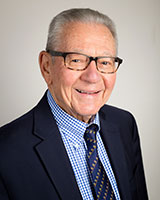
James Bassingthwaighte
Professor James B. Bassingthwaighte, a pioneering figure in biomedical engineering, profoundly influenced the discipline both at the UW and globally. Joining UW in 1975, he served as the director of the Center for Bioengineering before its evolution into a joint department within the College of Engineering and the School of Medicine. Bassingthwaighte’s enduring legacy includes his impactful work as a dedicated educator and researcher, specializing in bioengineering and innovative approaches to modeling cardiac physiology. He fostered groundbreaking research initiatives centered on the intersection of physiology, biophysics, and bioengineering.
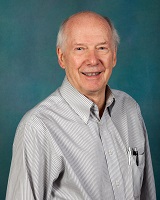
Robert Rushmer
As the founder of the Center for Bioengineering in 1967, now the Department of Bioengineering, Professor Robert Rushmer recognized the potential for engineering to address clinical needs. Through his commitment to making connections between engineering disciplines and medicine he empowered a culture of collaboration that continues in the department today. Rushmer was among the nation’s leaders in understanding the importance of translating engineering research advances into practical instruments for the care of patients including the Doppler ultrasound for which he received many honors and awards. Throughout his life, Rushmer advocated for using medical technology appropriately and for considering the ethical, political, social and technological consequences of medical advances.
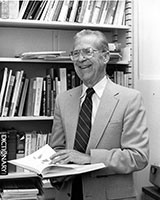
Donald Baker
Professor in UW Bioengineering and in Electrical Engineering, Donald Baker was an inventor whose device has enabled life-saving imaging for millions of patients. By refining ultrasound into one of medicine’s most vital, cost-effective diagnostic tools available, Baker revolutionized the way medicine is performed around the world. In the late 1960s, he took early vague, fuzzy ultrasound images and discovered how to transform them into high-resolution, real-time images that reveal the inner structures of the body, from blood pumping through the heart to a fetus in the womb. In 2016, Baker was inducted as an inaugural member of the Washington Life Science Hall of Fame.
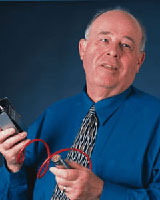
Martin Kushmeric
Martin J. “Marty” Kushmerick, M.D., Ph.D., was a renowned scientist whose work greatly advanced skeletal muscle physiology and biological energetics. After postdoctoral research at the NIH and University College London, he joined Harvard Medical School in 1970 and later moved to the University of Washington in 1988, holding multiple professorships. At UW, he led space medicine research, addressing health challenges for astronauts on extended missions, emphasizing their safe return with his poignant remark, “We want them to come back alive.”
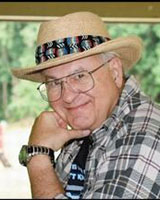
Narendra Pal Singh
Bioengineering Professor Narendra Singh made remarkable academic contributions, authoring 119 publications that garnered over 22,981 citations—a testament to his dedication to advancing scientific knowledge. His research focused on DNA damage, where he developed the innovative Comet Assay, a tool for detecting DNA damage and repair processes, particularly in the context of aging across various cell types. Singh also explored the potential of Artemisinin, along with its derivatives and conjugates, as promising agents for anti-cancer treatment, further expanding the boundaries of bioengineering and therapeutic research.
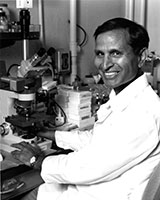
Donald Martyn
Professor Donald (Don) Martyn was a distinguished researcher whose work significantly advanced the understanding of muscle physiology, particularly the molecular mechanisms regulating muscle contraction and relaxation. His research provided crucial insights into how proteins within muscle cells respond to signals, contributing to a deeper understanding of muscle function and health. A prolific scholar, Martyn authored numerous publications and served as a reviewer for prestigious journals. He was an active member of the Cardiac Muscle Society and the Biophysical Society. A proud Husky, Martyn earned his Ph.D. in Biology and completed postdoctoral training in Bioengineering and Physiology/Biophysics at UW, where his contributions to science and mentorship left a lasting legacy.
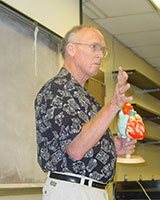
Francis Spelman
Professor Francis “Sandy” Spelman was a pioneering researcher in bioengineering and sensory prostheses, particularly cochlear implants. After earning his Ph.D. in electrical engineering from UW in 1975, he served as the fourth acting director of UW Center for Bioengineering before it became a department. His groundbreaking research on cochlear nerve stimulation beginning in 1972 laid the foundation for modern hearing restoration technologies. Spelman held positions at the Regional Primate Research Center and as an adjunct professor in otolaryngology. Known for his warmth, humor and supportive mentorship of students and junior faculty, his legacy continues through his research, publications and the many scientists and clinicians he inspired.
